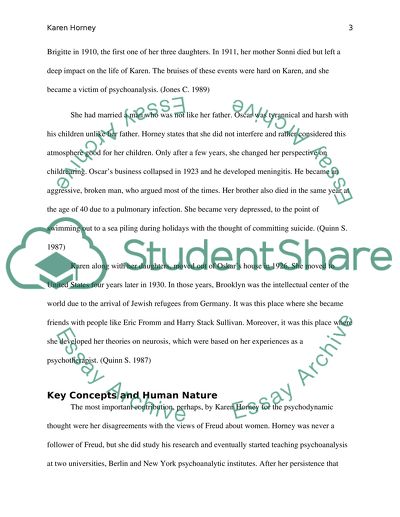Cite this document
(“Karen Horney Theorist Essay Example | Topics and Well Written Essays - 2000 words”, n.d.)
Retrieved from https://studentshare.org/psychology/1430888-karen-horney-theorist
Retrieved from https://studentshare.org/psychology/1430888-karen-horney-theorist
(Karen Horney Theorist Essay Example | Topics and Well Written Essays - 2000 Words)
https://studentshare.org/psychology/1430888-karen-horney-theorist.
https://studentshare.org/psychology/1430888-karen-horney-theorist.
“Karen Horney Theorist Essay Example | Topics and Well Written Essays - 2000 Words”, n.d. https://studentshare.org/psychology/1430888-karen-horney-theorist.


